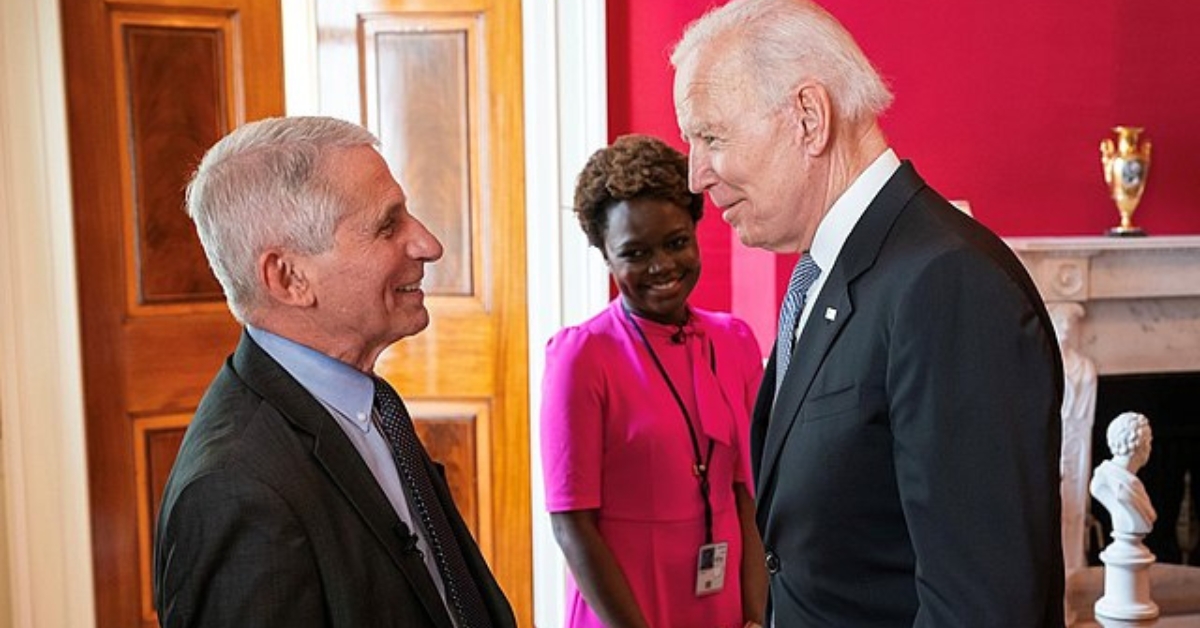
New York’s Green Energy Push Threatens Its Economy
In a move emblematic of the broader, misguided push towards an impractical green energy utopia, New York finds itself at a crossroads, starkly illuminated by the ambitious expansion plans of GlobalFoundries in Malta, New York. This semiconductor giant, poised to bolster the local economy with thousands of jobs and billions in investment, is being threatened by the state’s ill-conceived energy policies. New York’s zeal to transition away from reliable fossil fuel-generated electricity to the whims of wind and solar power stands as a testament to the ideological folly that prioritizes virtue signaling over pragmatic energy solutions and economic growth.
The GlobalFoundries saga is a microcosm of a larger, distressing trend where states, under the guise of combating climate change, embark on energy transitions without a feasible roadmap. New York’s $10 billion gambit to increase semiconductor manufacturing, while simultaneously dismantling the backbone of its energy infrastructure, is not just ironic; it’s a recipe for disaster. As New York edges closer to relying solely on renewable sources, the specter of grid instability and brownouts looms large, threatening not just economic expansion but the very fabric of daily life.
The situation in New York mirrors the cautionary tale of Germany’s Energiewende – a transition to renewable energy that, despite its lofty goals, has left the country grappling with skyrocketing energy costs, industrial decline, and increased reliance on foreign natural gas. The parallels are uncanny and foreboding, with New York seemingly determined to replicate Germany’s mistakes on American soil. The decline of Germany’s heavy industry and the economic stagnation that followed should serve as a dire warning to those who champion a blind leap into renewable energy without a safety net.
The commitment to a net-zero future, as noble as it may sound to some, disregards the inherent limitations and unpredictability of wind and solar power. The closure of Indian Point, New York’s last nuclear reactor, epitomizes the state’s disregard for reliable and clean energy sources in favor of an all-in renewable strategy that, as yet, cannot support the state’s industrial ambitions or even its current needs. By eschewing a balanced approach that includes nuclear, hydroelectric, and even natural gas options, New York is not just curtailing its economic prospects but also setting the stage for energy scarcity that could drive it to rely on out-of-state, fossil fuel-generated power – a stark contradiction to its net-zero aspirations.
Critics like State Senator George Borrello (R) have been vocal about the impracticality of New York’s energy policies, pointing out the hypocrisy and the looming disaster of relying on imported, fossil fuel-generated electricity. Borrello’s assertion that the green transition is less about climate change and more about an ideological crusade against capitalism and American prosperity strikes a chord with many who see through the facade of environmental activism to the underlying anti-capitalist agenda.
As Europe begins to reckon with the fallout of its green energy policies, with conservative parties gaining traction on platforms that challenge the net-zero dogma, America, and New York, in particular, stand at a precipice. Will New York heed the lessons from across the Atlantic, or will it continue down a path that jeopardizes its economic future and energy security? Only time will tell, but the signs are clear: the pursuit of a green energy utopia is not just folly; it’s a direct threat to our way of life.














